Gourami is one of the most popular aquarium fish. They belong to the group of labyrinths, as they can use atmospheric air for breathing with the help of a special organ (labyrinth). There are a large number of types of gourami, among which the most common are: marble, honey, and pearl.
Compatible fish species
The list of species compatible with gourami is quite extensive, let’s consider some of them.
Minor
Minor is a lively and bright fish from the Kharacin family. They are well suited for keeping with gourami due to their size, similar habitat, and the ability to add color variety to the general aquarium. He has a peaceful character.
Neon
Various types of neons will certainly make good roommates for gouramis. True, it is better to choose larger individuals. Babies of blue or black neon are more likely to become live food.
Scalar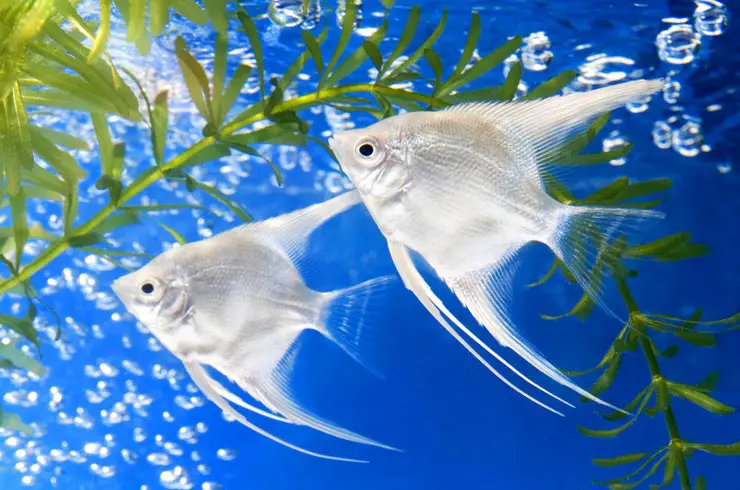
Large and graceful scalars go well with gourami. Fish have a similar temperament and will look great together. The main thing is not to forget that large fish will need an appropriate volume of the aquarium.
Apistogramma
These peaceful and unusually bright dwarf cichlids can also live with calm gouras. They prefer soft and slightly acidic water, it is advisable to organize thickets of aquatic plants for them in the aquarium.
Ancistrus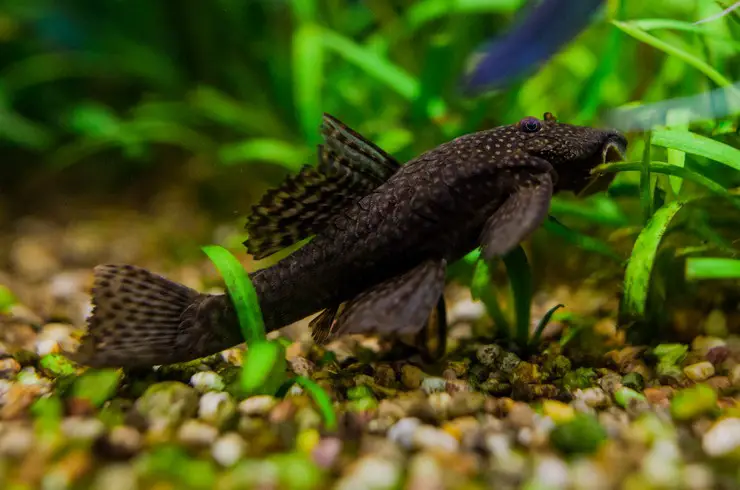
Ancistrus catfish do not pose a threat to gourami, so you can safely plant them together in a common aquarium. “Stickers” will help keep your aquarium clean by eating algal growth on the glass.
Relatively compatible species
Other gouramis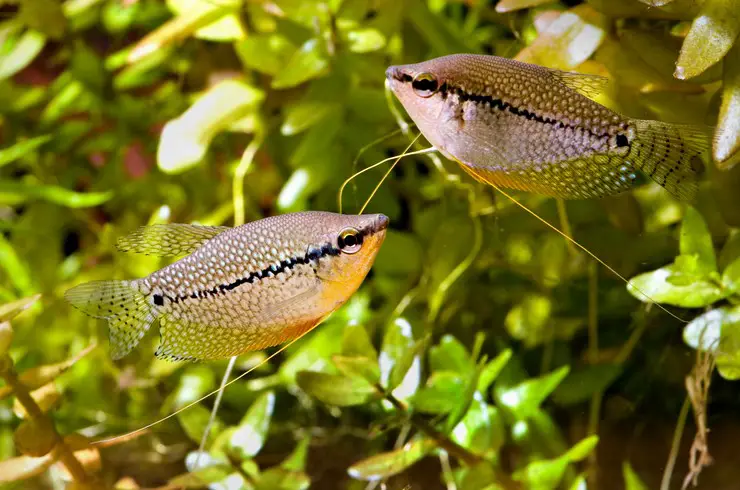
The aquarium, which is home to several species of gourami, will not escape the public’s attention. Close relatives look very good with each other. True, there is a small problem. Male gourami is territorial and can mistake male relatives for individuals of their own species. And this is fraught with a fight. Therefore, after landing, be sure to monitor the behavior of your pets.
Barbs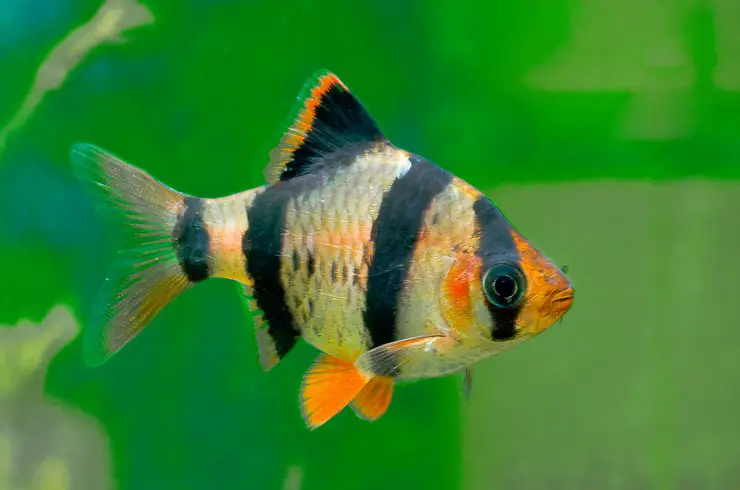
Here we are talking, first of all, about the most active representatives of barbs – Sumatran, mutants, fire, etc. These fish not only differ in the pace of life different from the gouras but are also characterized by their love of biting into long tactile antennae fins.
Swordsmen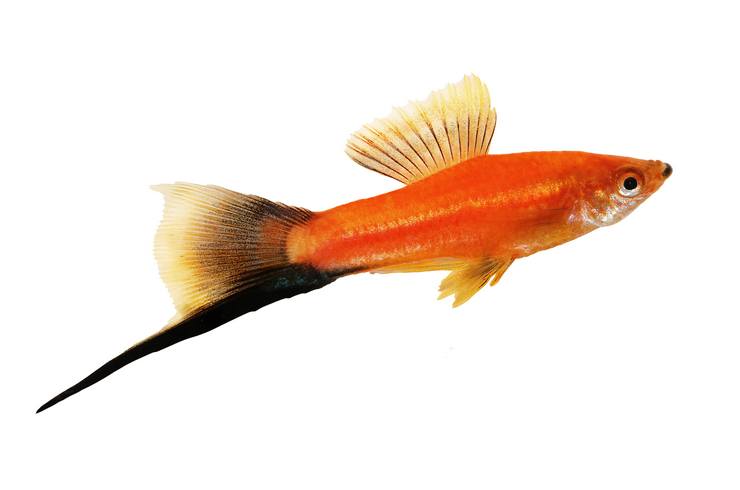
Similar to barbs, they can destroy the integrity of the fins, so planting these fish together is not always advisable.
Ampularia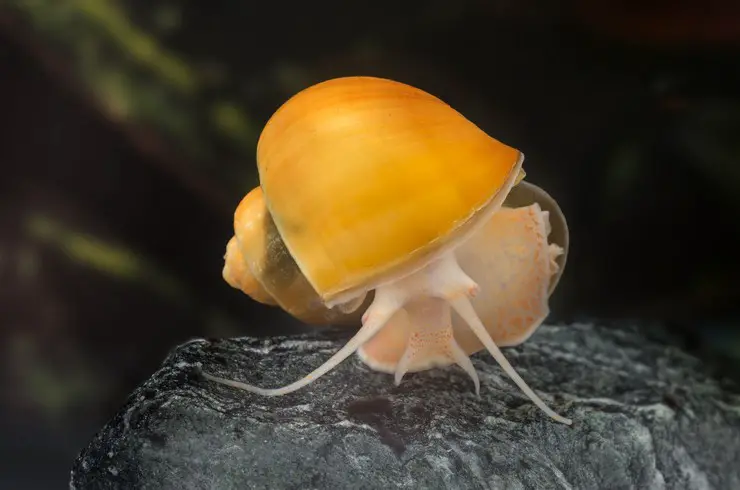
Gourami is not indifferent to snails and is able to quite successfully fight weedy mollusks by eating them. Unfortunately, aquarium snails – ampullary – can also get under the hot hand. Gourami can bite the antennae or prevent the snail from climbing up to stock up on air.
Incompatible species
African cichlids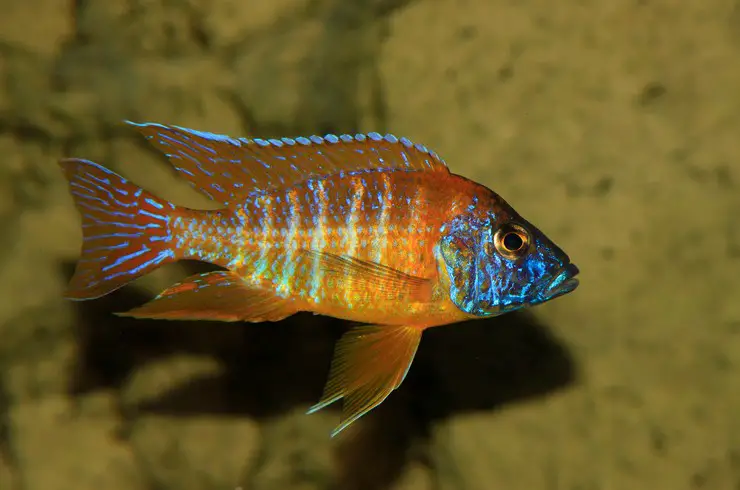
Popular African cichlids are comparable in size to gourami, but keeping them together is not recommended. Cichlids prefer harder water and guard their territory extremely aggressively, so calm gourami can easily fall prey to attacks.
American cichlids
Large cichlids native to South America – Astronotus, Brilliant, and Managua Cichlazomas – should not be kept with gouras. These large predators will constantly attack the leisurely gourami until they die.
Red parrot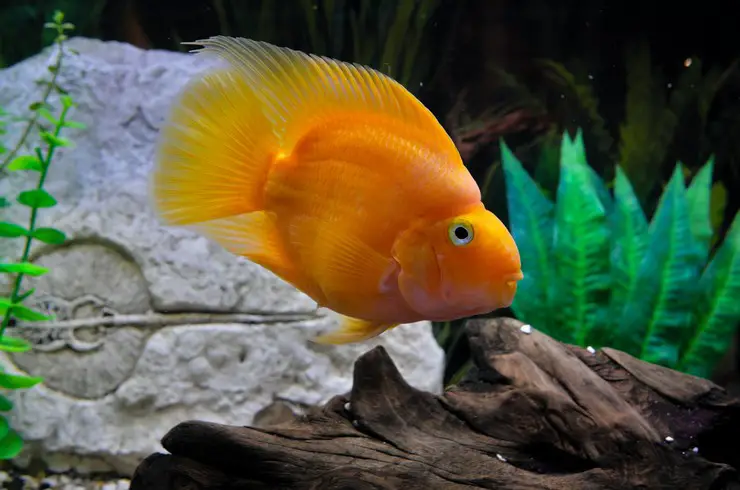
The red three-hybrid parrot can also harm gourami. Although there is a constant “smile” on the face of these fish, their character is nevertheless unbearable. Due to the difference in size, parrots will easily destroy gourami in the general aquarium. It’s just a matter of time.
Goldfish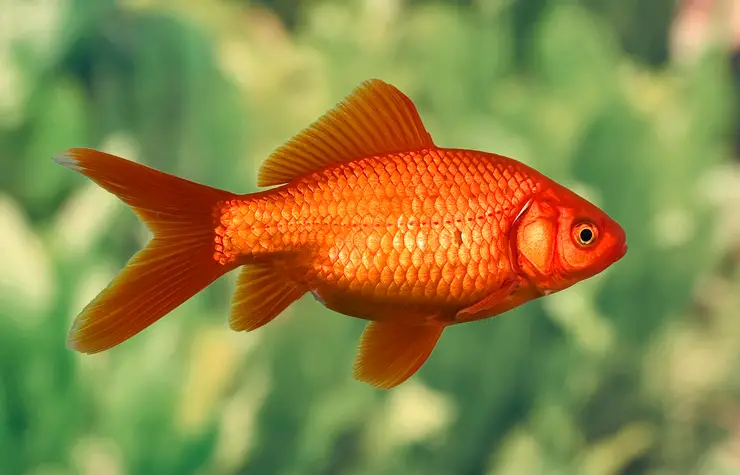
Coldwater goldfish do not go well with heat-loving gouras. Yes, and they can pinch each other’s fins well. Therefore, it is better to leave gold in a separate species aquarium.
What you should pay attention to
Individual characteristics
Among the gourami, individuals with an “unstable psyche” can also be found. Such fish forget all boundaries of decency and unreasonably attack neighbors in the aquarium. And it’s good if this happens sporadically. Watch your pets more often in order to identify deviations in behavior in time and to plant a dangerous fish away from relatives.
Aquarium volume
With some exceptions, gourami is quite a large fish, which, moreover, guard the occupied territory, so you need to take care of a suitable container for keeping in advance. Ideally, a shared aquarium with gourami should have a volume of at least 100 liters (this does not apply to dwarf species).
Shelters
Be sure to provide plenty of hiding places when keeping gourami in a community aquarium. Especially if several males live there. Constant skirmishes are inevitable, but the weaker individual should be able to hide from the aggressor. Thickets of living plants, grottoes, stones, and driftwood will help here.
Spawning
During spawning, the aggression of gourami can increase significantly. Therefore, fish breeding is best organized in a separate spawning aquarium.

